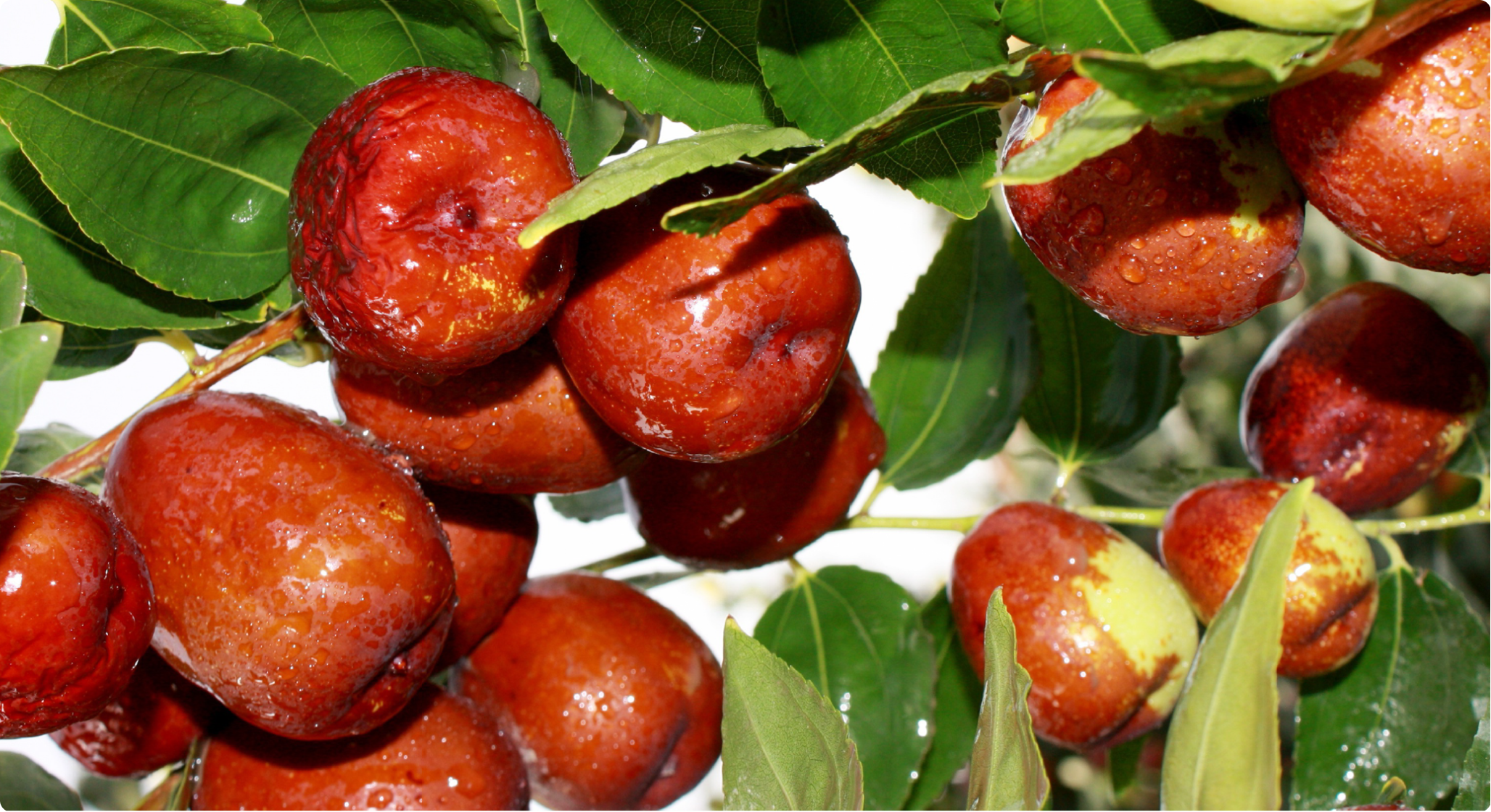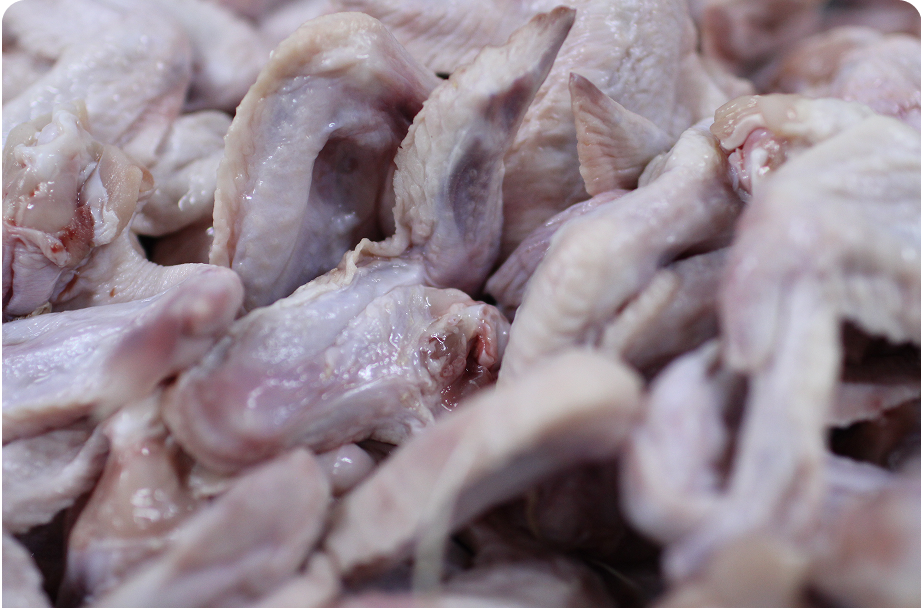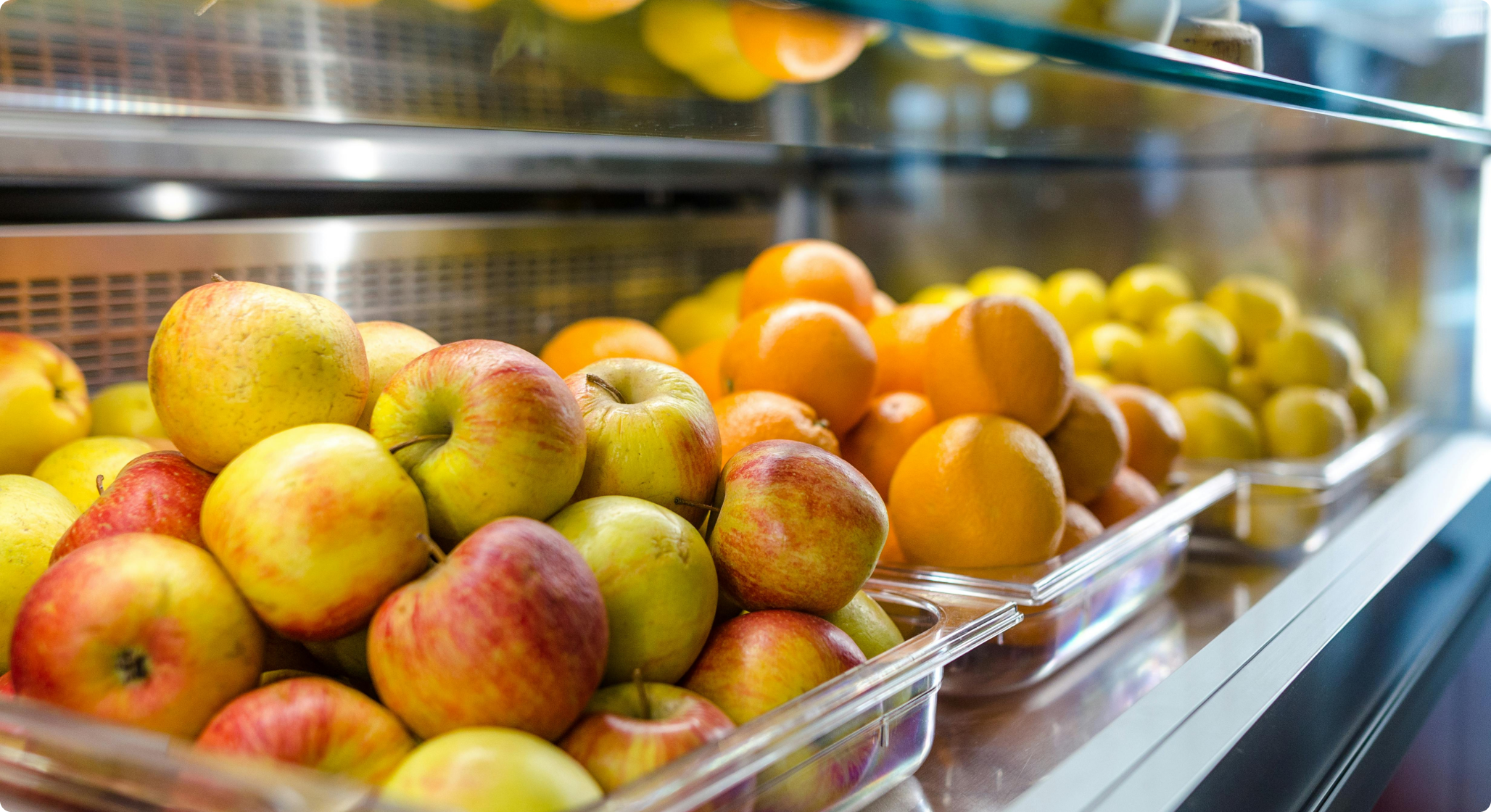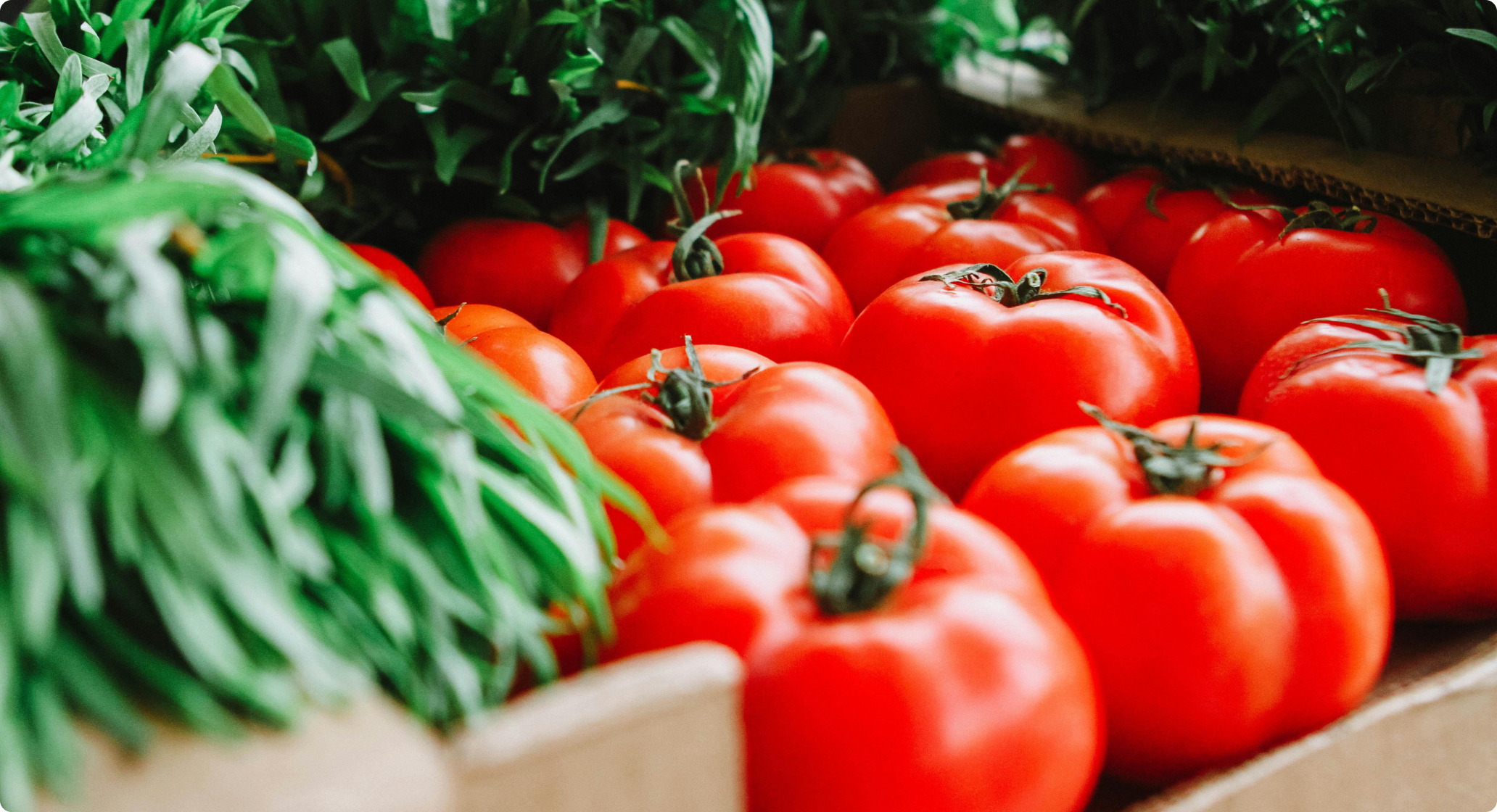
Agriculture and Livestock
AI visual inspection is trending in Agriculture and Livestock for tasks such as sorting, quality grading, livestock health monitoring, and defect detection. This technology improves automation, reduces labor costs, and enhances product quality and safety through efficient, non-contact, and accurate visual analysis.
Aqrose AI Solution Overview
Aqrose Technology provides AI-powered visual solutions for Agriculture and Livestock. Its applications include automated defect detection and quality grading for fruits, chicken and pork. These solutions enhance efficiency, reduce labor costs, and improve product quality across the agricultural and livestock value chain.

Full-process Inspection of Agriculture and Livestock
Planting
Breeding
Butchering
Deep Processing
Success Cases
-
 Jujube quality varies significantly due to factors such as origin, necessitating sorting by grade. Manual sorting is inefficient, costly, and difficult to standardize. Traditional algorithm-based sorting machines lack the capability to detect critical defects like wrinkling and deformation, and requ
Jujube quality varies significantly due to factors such as origin, necessitating sorting by grade. Manual sorting is inefficient, costly, and difficult to standardize. Traditional algorithm-based sorting machines lack the capability to detect critical defects like wrinkling and deformation, and requ -
 Live chickens often develop defects such as broken wings, fractures, blood clots, and deformities during breeding, transport, and slaughter. When defective wings enter automated processing lines, they cause cutting errors (mis-cuts, over-cuts, under-cuts), increasing waste of high-value products, da
Live chickens often develop defects such as broken wings, fractures, blood clots, and deformities during breeding, transport, and slaughter. When defective wings enter automated processing lines, they cause cutting errors (mis-cuts, over-cuts, under-cuts), increasing waste of high-value products, da -
 On pork processing lines, grading of cuts like pork belly (based on fat thickness, overall thickness, etc.) still relies on manual measurement. This approach is error-prone, inefficient, and influenced by worker subjectivity, resulting in inaccurate grading and undervalued products. An automated sol
On pork processing lines, grading of cuts like pork belly (based on fat thickness, overall thickness, etc.) still relies on manual measurement. This approach is error-prone, inefficient, and influenced by worker subjectivity, resulting in inaccurate grading and undervalued products. An automated sol -
 Traditional apple sorting primarily relies on manual visual inspection, which is inefficient and prone to errors. Sorting machines based on traditional algorithms perform poorly under different lighting conditions and with different apple varieties, resulting in low detection accuracy, long developm
Traditional apple sorting primarily relies on manual visual inspection, which is inefficient and prone to errors. Sorting machines based on traditional algorithms perform poorly under different lighting conditions and with different apple varieties, resulting in low detection accuracy, long developm -
 The tomato sorting process still heavily relies on manual quality assessment, which is inefficient and costly. The diversity in size, color, and defect morphology makes it difficult for traditional algorithm-based inspection equipment to meet the requirements for accurate sorting. A solution is need
The tomato sorting process still heavily relies on manual quality assessment, which is inefficient and costly. The diversity in size, color, and defect morphology makes it difficult for traditional algorithm-based inspection equipment to meet the requirements for accurate sorting. A solution is need
Related Products
Vision integration platform for vision applications management, processes execution and runtime GUI configuration











